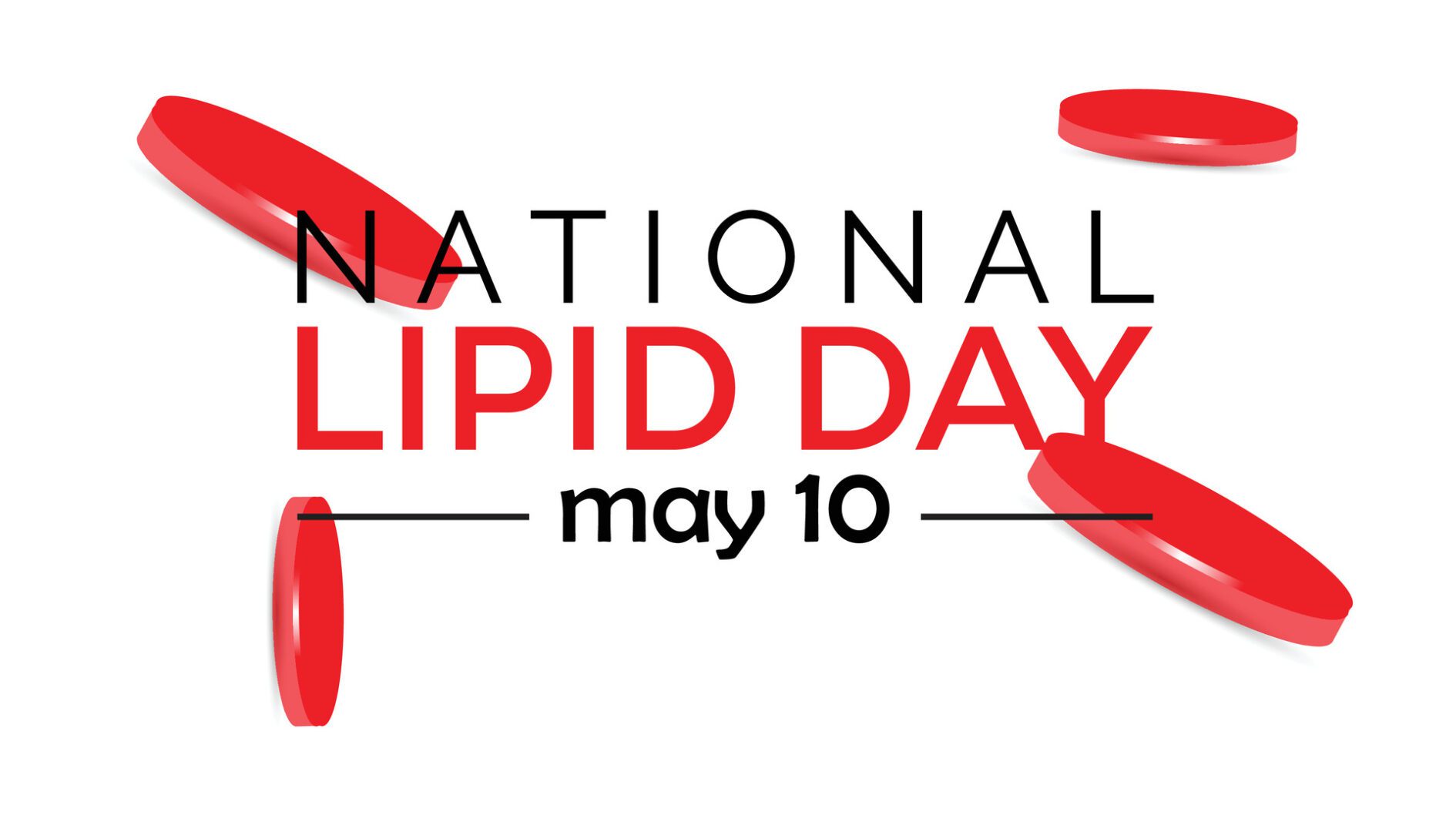Search by Color or Cause


Every year National Lipid Day is observed on May 10 across the world for people suffering from dyslipidemia. It is a rare condition in which an abnormal increase in the number of lipids like cholesterol or fat in the blood occurs. People from all walks of life can help in working towards creating awareness about dyslipidemia.
You can educate others by volunteering for events and letting people know about the dos and don’ts of the disease. It is more prevalent in Caucasians in the U.S. The awareness color for National Lipid Day is burgundy. An alternate color is red. Wear a burgundy awareness pin, ribbon, or wristband to raise awareness about this condition. You can also wear the same in red.
Dyslipidemia is often caused by diet and lifestyle, and has also been tied to elevation of insulin levels. The condition is considered a high risk factor for cardiovascular disease..
The purpose of National Lipid Day is to bring awareness to dyslipidemia. Dyslipidemia is an abnormal amount of lipids (e.g. cholesterol and/or fat) in the blood. In developed countries, most dyslipidaemias are hyperlipidemias; that is, an elevation of lipids in the blood. This is often due to diet and lifestyle. Dyslipidemia is the major cause of cardiovascular disease.
Much like high blood pressure, people who have high cholesterol do not usually have any symptoms.
Family history can be an important risk factor (familial hypercholesterolemia). Even if this is the case it is still important to reduce your other modifiable risk factors as much as possible.
Strategies that can help include:
Some people, however, cannot reduce their cholesterol with the above measures. In most cases they may consider starting medication, such as a statin to help reduce their cholesterol.
Unfortunately, some people do experience side effects from taking statins. These can include muscle pain (rhabdomyolysis), gastric upset, diarrhea, constipation, rash, headache, dizziness, mental confusion and forgetfulness.
Dyslipidemia is more than just bad cholesterol. It’s also an excess of triglycerides, which are components of fats and oils in your blood.
With the help of statins or fibrates and a healthy lifestyle, you can typically manage dyslipidemia. The key is to keep taking medications if they’re effective and you aren’t experiencing any side effects. Sometimes people reach their cholesterol targets and stop taking their statins. This may cause a return to high cholesterol and lipids.
Statins are a class of drugs that lower cholesterol levels and can reduce the risk of heart attack and stroke. They work by blocking an enzyme the liver needs to make cholesterol, which causes the liver to remove cholesterol from the blood and stabilize plaque in artery walls. Plaque is a waxy substance made of cholesterol deposits that can build up and restrict blood flow to the heart.